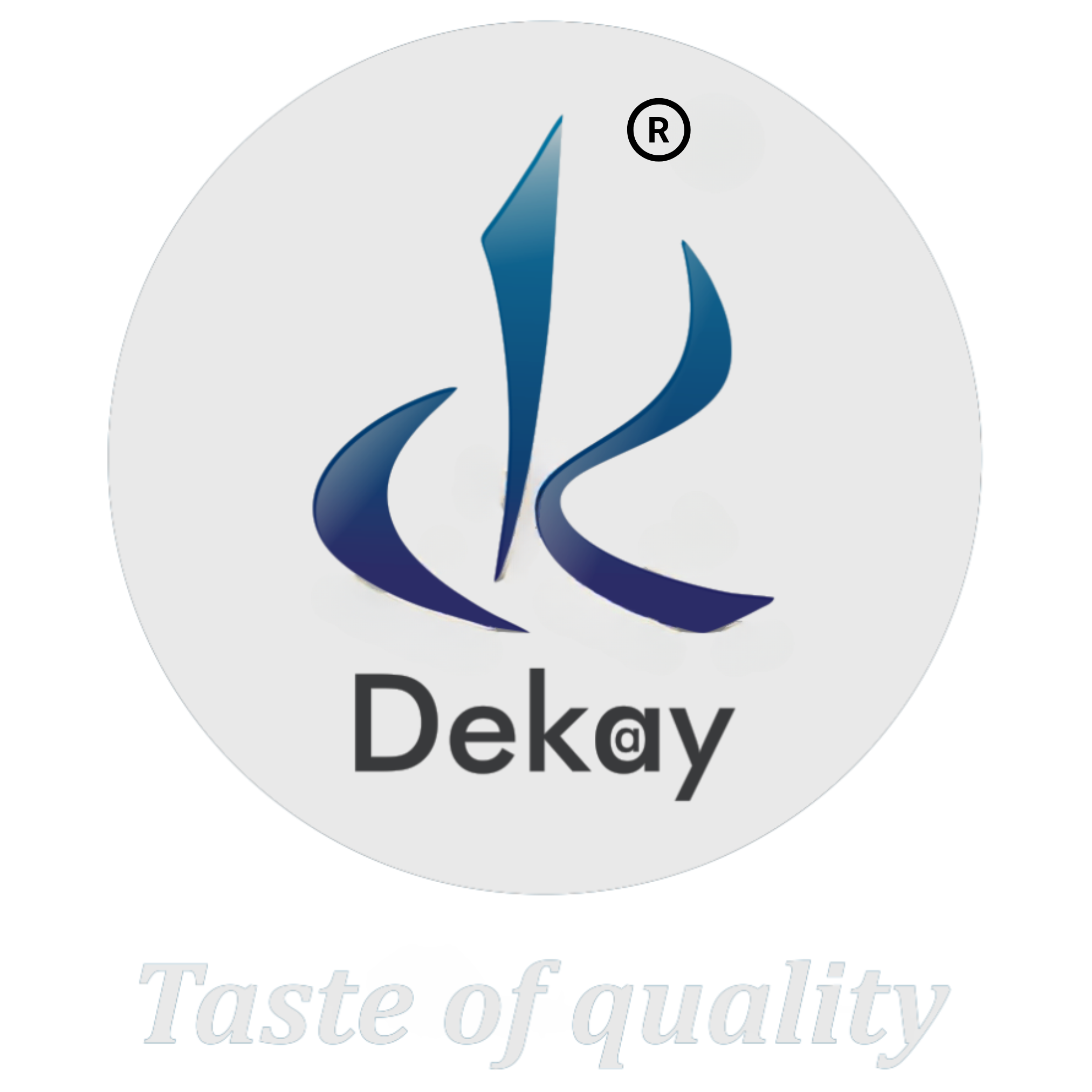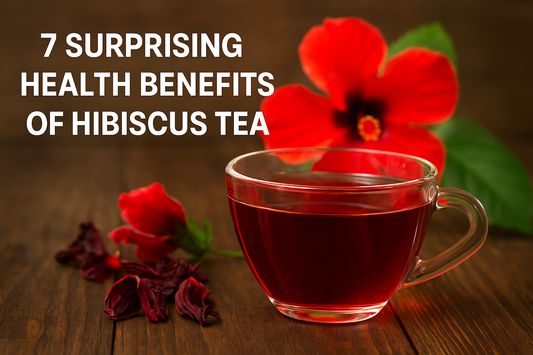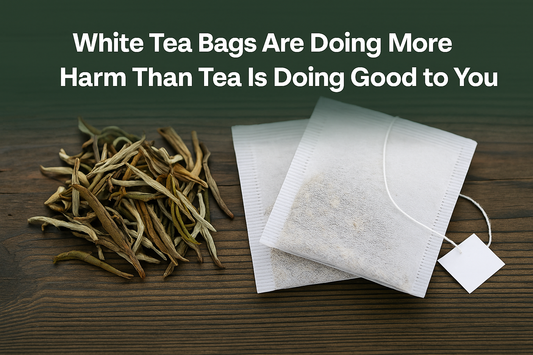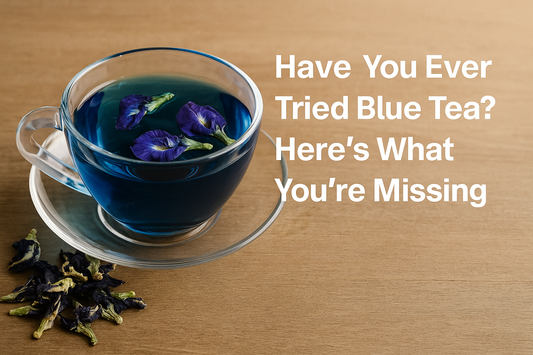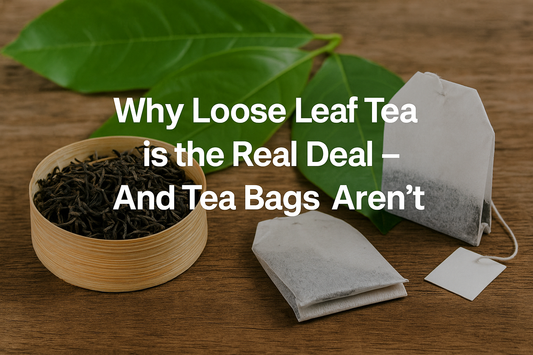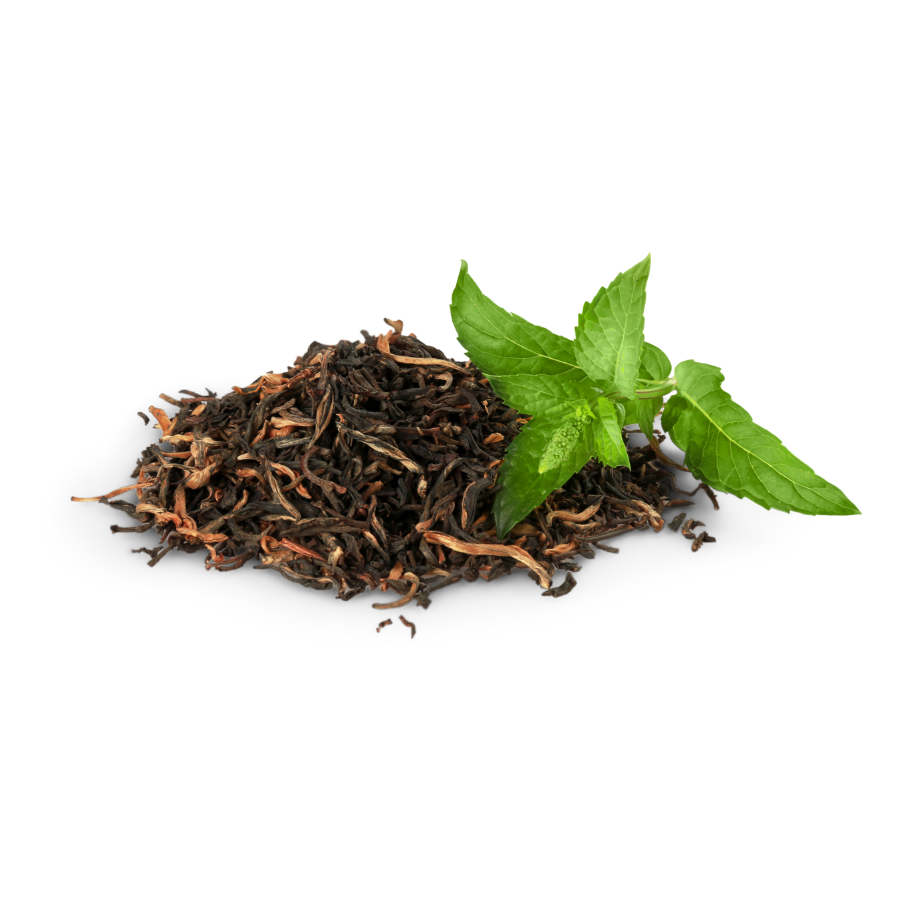Why Loose Leaf Tea is the Real Deal – And Tea Bags Aren’t
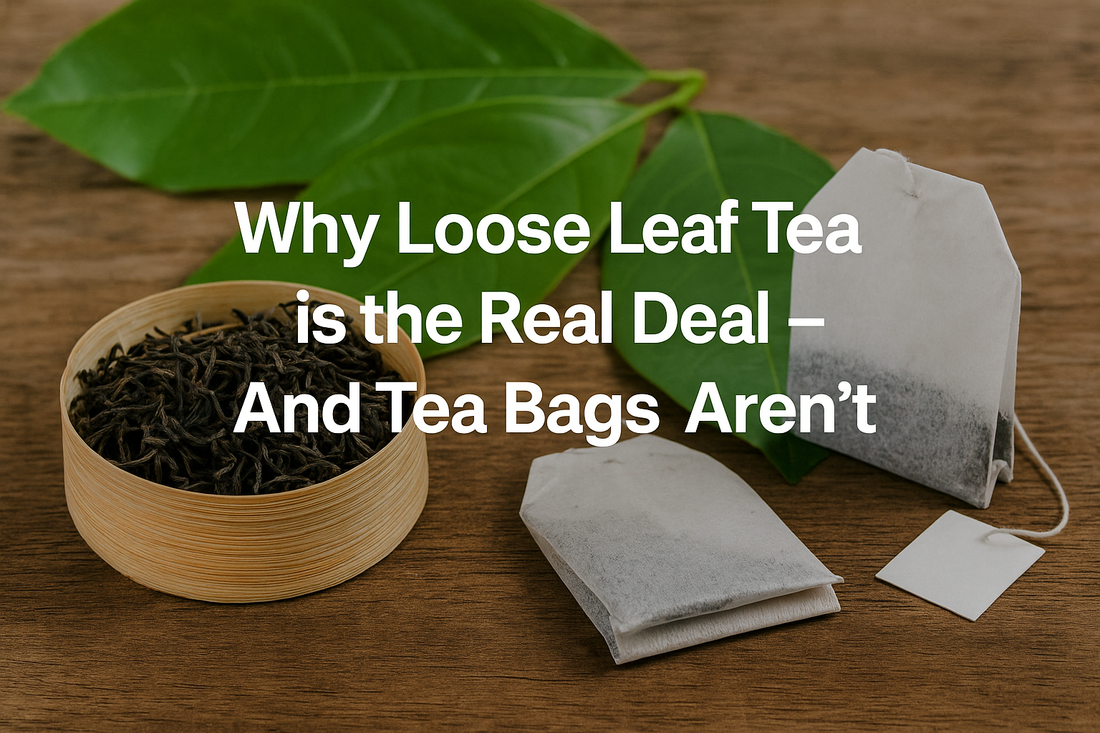
The Great Tea Divide
Everyone drinks tea—but not everyone drinks the same tea.
Walk into any kitchen or office pantry, and chances are you’ll find a pack of commercial tea bags. They're fast, familiar, and widely available. But here's the truth: not all teas are made equal.
There’s a growing divide in the world of tea lovers—between those who settle for mass-produced tea dust packed into bleached bags, and those who explore the full-bodied world of loose leaf teas. It’s not just about taste. It’s about quality, aroma, health benefits, sustainability, and a deeper connection to the plant itself.
And within this divide, especially in India, there’s another split most people don’t talk about:
Assam tea vs. South Indian tea.
Assam tea, no doubt, is bold and strong. But it's also over-commercialized and often overhyped in mainstream narratives. South Indian tea, on the other hand, comes from high-altitude estates, cooler climates, and generations of mindful agriculture. From Nilgiri to Wayanad, these regions grow teas that are more nuanced, subtle in flavor, and carry distinct health benefits that go beyond the usual caffeine kick.
At Dekay Tea, we believe in going beyond the obvious.
This blog will help you understand why loose leaf tea reigns supreme—and why what you choose to brew in your cup might be shaping your wellness more than you think.
What’s Really Inside a Tea Bag?
Here’s a wake-up sip: most commercial tea bags don’t contain real tea leaves.
Instead, what you’ll find inside is something called “dust” or “fannings”—tiny fragments and leftover particles that are the lowest grade of tea, swept off the floor of processing factories after the good stuff has been packed elsewhere.
These particles lack the essential oils, structure, and aroma of real tea. What you get is a fast color release and a strong, bitter flavor—but very little in terms of complexity or health benefits.
Now compare that to loose-leaf tea:
These are whole or partially broken tea leaves, carefully handpicked and gently processed to preserve their natural shape, oils, and phytonutrients. When brewed, they unfurl and expand, releasing layers of aroma and subtle flavor notes—a true conversation between you and the plant.
Picture this:
One scoop gives you thick, curled, forest-green leaves, still holding the fragrance of their origin. The other? A sad, dusty powder packed in a bleached paper bag, designed for convenience—not quality.
This isn't snobbery. It’s about knowing what you're really consuming—and what you're missing out on.
The Health Equation – What You Lose in Convenience
We live in a convenience-driven world. Just dip, sip, and go. But when it comes to tea, convenience often comes at a steep cost—your health.
Most commercial tea bags are mass-produced, and in that rush, quality control often slips. The tiny dust particles inside lose key antioxidants, flavonoids, and polyphenols—the very compounds that make tea such a revered wellness drink across cultures.
Not to mention:
-
Over-oxidation and excessive drying of tea dust kills off natural compounds.
-
Some bags are made from microplastic-based mesh, which may leach toxins into your brew.
-
Many brands add synthetic flavoring to simulate taste, instead of letting the leaf speak for itself.
In contrast, loose-leaf herbal or real tea blends retain their natural potency. You're drinking the plant in its most authentic form—often richer in anti-inflammatory, digestive, and immune-supportive properties.
At Dekay, we consciously select South Indian herbal varieties that are locally grown, ethically processed, and vibrationally cleaner than many factory-made teas in the market. It's a cup brewed with intention, not just speed.
Bottom line?
Loose-leaf tea isn’t just a better sip—it’s a better investment in your body.
Brewing Ritual vs. Rush – The Taste That Tells the Truth
There’s something sacred about brewing a real cup of tea. The way the leaves unfurl. The steam that carries subtle notes of herbs. The pause you take between boiling water and that first sip.
Loose-leaf tea invites you into a ritual.
Unlike tea bags—where you dunk, swirl, and rush off—brewing loose-leaf requires intention. And in return, it offers a deeper sensory experience. You’re not just drinking tea; you’re participating in a moment. A pause. A reset.
Now let’s talk about what your taste buds can tell.
Loose-leaf tea contains whole leaves or large pieces—with all their natural oils, flavonoids, and aromatic compounds intact. This leads to a richer, rounder, fuller flavor in every cup. You get layers—floral highs, earthy mids, warming spice undertones.
Tea bags? They're fast, but flat. The leaf dust inside has minimal surface area to release complex flavor. And synthetic additives are often used to cover that up.
Think of it like coffee.
Would you choose a cup brewed from freshly ground Arabica beans, or instant coffee powder?
That’s the difference.
Seasoned tea drinkers can spot it in a sip. And once you’ve had real tea, there’s no going back.
The Health Equation – What You Might Be Missing
When it comes to tea, most people sip for the taste, the comfort, maybe the ritual. But what about the actual health benefits?
That’s where loose-leaf tea quietly dominates.
Whole leaves retain a far greater share of the tea plant’s natural antioxidants, catechins, flavonoids, and essential oils — all of which contribute to immunity, digestion, metabolism, and mental clarity. Because the leaves are less processed, they preserve their natural structure and potency.
In contrast, commercial tea bags often contain fannings and dust, the lowest-grade byproducts of the tea production process. These broken particles lose their essential compounds faster, and their benefits degrade even more during mass production, packaging, and storage.
And there’s another layer to this.
Some low-cost tea bags are made with bleached paper or nylon mesh, which may leach microplastics or unwanted residues into your drink when steeped in hot water. While not every tea bag poses this risk, many do — especially those without eco-friendly or food-grade certifications.
On the flip side, loose-leaf teas are often intentionally blended with full herbs, flowers, or spices — think dried chamomile blooms, lavender petals, tulsi leaves, or cardamom pods. These not only enhance the flavor but amplify the health profile of every cup.
So while tea bags might win on speed, loose-leaf wins on wellness — one clean, nutrient-rich sip at a time.
Environmental Impact – A Cleaner Cup
Your daily tea ritual leaves a bigger footprint than you think.
Commercial tea bags, especially the synthetic mesh or plastic-sealed varieties, contribute to microplastic pollution and non-biodegradable waste. A single cup may release thousands of microscopic plastic particles into the brew — something no one orders, yet everyone unknowingly consumes.
Then there’s the bleaching, glue, and heat-sealing processes — all adding to the chemical load and environmental burden. Multiply that by millions of cups daily, and the numbers get alarming.
In contrast, loose-leaf tea is the low-waste champion. Most blends come plastic-free, and when sourced mindfully (like Dekay does), they’re packed in eco-friendly, recyclable, or compostable materials. No staples. No strings. Just clean tea.
Less waste in your cup = less waste in our world.
The Choice Is Yours — Rush or Ritual?
At Dekay, we don’t just sell tea.
We curate experiences that respect the craft, the earth, and your health.
Loose-leaf tea might take a little more time.
But in return, you get richer flavor, cleaner energy, deeper wellness, and a lower environmental toll.
So next time you reach for that teabag in a hurry —
Pause. Choose Ritual. Choose Intention. Choose Loose.
